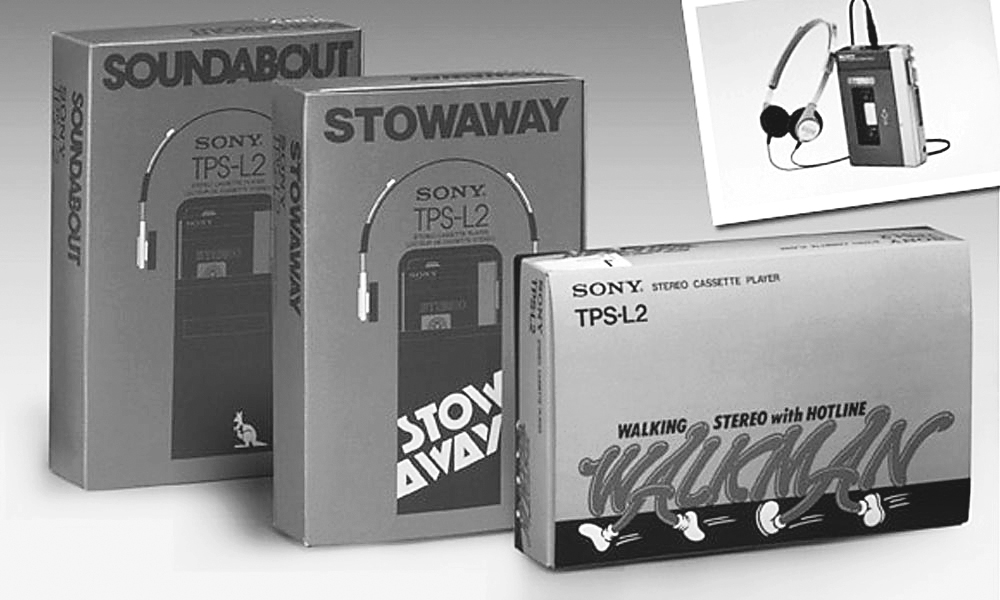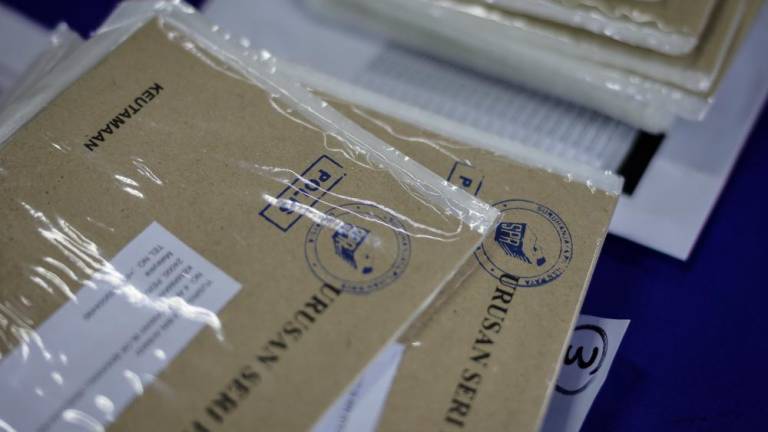THIS year marks the 40th anniversary of Sony’s first portable cassette player, the Walkman TPS-L2, which revolutionised the way consumers listen to music on the go.
Developed by modifying the Pressman (Sony’s voice recorder TCM-100), the TPS-L2 was met with scepticism at first but proved to be a huge success worldwide.
In recent years, the Walkman has made a popular return, boosted somewhat by its appearance in 2014’s Guardians of the Galaxy and its 2017 sequel, Guardians of the Galaxy Vol 2, as well as in all the films’ accompanying promotional materials.
But there is more to the story of the Walkman.
In 1984, Sony introduced the world’s first portable CD player, the D-50, which was the size of four stacked CD cases.
It was said to be instrumental in accelerating the popularity of the CD and was priced affordably.
Then in 1992, Sony brought out the world’s first MiniDisc Walkman, the MZ-1, which featured recording, playback, a numeric keyboard, and anti-skip technology.
When High-Resolution Audio was introduced in 2013, Sony was among the first companies to use the technology for its line-up of devices that include the ZX1 Walkman.
In 2016, the NW-WM1Z Walkman was introduced as part of the Signature series.
Building upon Sony’s wealth of experience in digital amp technology, the NW-WM1Z featured detailed acoustics and natural sound qualities.
In the four decades since, Sony’s Walkman has indeed changed the way the world listens to music.
It turned music listening into a personal experience, by providing people with the freedom to enjoy music anywhere, anytime.










